DSD VS FLAC: Which Audio Format is Better
Hey guys, I'm new to the audiophile scene and was intrigued by lossless digital audio formats, namely DSD and FLAC. I was wondering how they differ and if there is a definitive better audio format. - A question from Reddit
Choosing the right audio format is crucial for audiophiles and casual listeners alike. In this ultimate guide, we'll delve into the differences between DSD (Direct Stream Digital) and FLAC (Free Lossless Audio Codec). We'll explore their unique characteristics, advantages, and potential drawbacks. You will know their differences and how to convert audio files with HitPaw Univd (HitPaw Video Converter).
Part 1. DSD vs FLAC: Understanding the Basics
DSD (SACD, DSF, DFF). What is a DSD in Audio?
DSD (Direct Stream Digital) is a high-resolution audio format developed by Sony and Philips for Super Audio CDs (SACDs). It uses a one-bit signal to represent audio, sampled at a very high rate. DSD 64 has a sample rate of 2.8224 MHz, while DSD 128 doubles this to 5.6448 MHz. These high sample rates aim to capture audio with greater fidelity, producing a more nuanced sound.
There are several types of DSD files, including DSF, DFF, SACD disc, SACD ISO file, and DoP. DSF and DFF are the most common file formats for DSD audio. A DSF file includes metadata (like album art or track details), making it more convenient for music playback software. DFF, on the other hand, is the original DSD file format but does not support metadata.
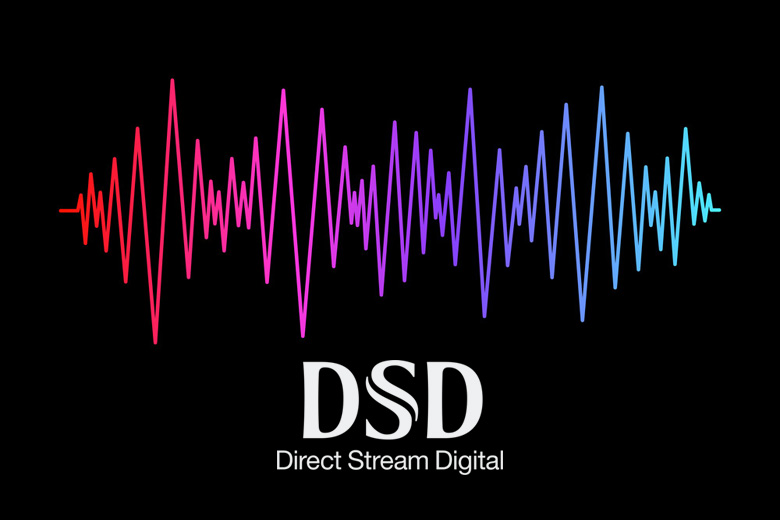
FLAC (Free Lossless Audio Codec)
FLAC file, on the other hand, is a lossless compression format. It maintains the original quality of the audio while reducing file size, making it a popular choice for digital music libraries. FLAC files can be created from various sample rates, often seen as 16-bit/44.1 kHz (CD quality) and higher, such as 24-bit/96 kHz or 24-bit/192 kHz.
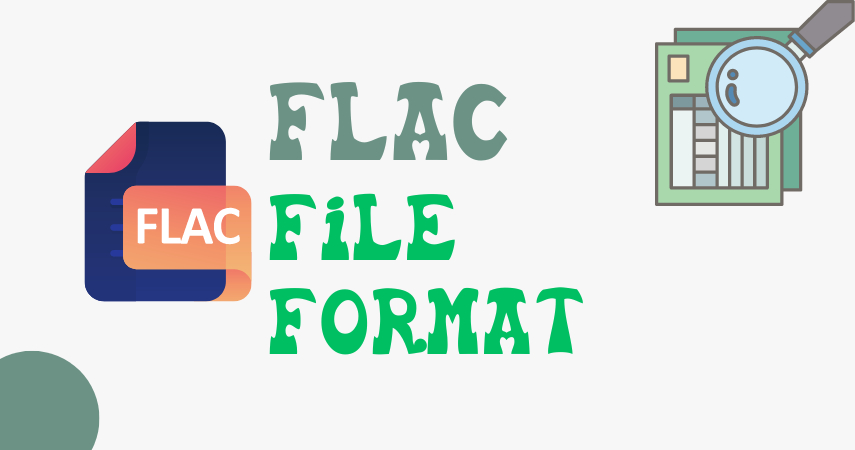
When comparing DSD 128 vs FLAC and DSD 64 vs FLAC, it is important to note that while DSD's higher sample rates offer theoretical advantages in capturing audio details, FLAC's flexibility in sample rates and bit depths provides a broad range of quality options, often limited by the source recording quality and playback equipment capabilities.
Comparison of DSD vs FLAC 24/192 for Audio Quality
When evaluating FLAC vs DSD quality, several key factors come into play that influence the listening experience. Both formats are designed to deliver high-fidelity audio, but they achieve this through different technologies and approaches.
| DSD | FLAC | |
|---|---|---|
| Modulation | Sigma-delta | Pulse code |
| Bit Depth | 1-bit | Multi-bit |
| Sample Rate | from 2.8 MHz | up to 384 kHz |
| Size Compression | DST lossless | FLAC lossless |
| Multichannel | Yes | Yes |
| Text Medadata | DSF, SACD ISO | Yes |
| Sound Characteristics | Analog-like, warmer, smoother sound | Highly accurate, detailed reproduction. |
Part 2. Is DSD Better Than FLAC?
1. Analysis of the Advantages and Disadvantages of DSD over FLAC
Advantages of DSD:
- Superior Sound Quality: Many listeners find DSD to have an analog-like, warmer sound quality with smoother high frequencies.
- High Sampling Rates: DSD 64 and DSD 128 offer extremely high sampling rates, potentially capturing more audio detail.
Disadvantages of DSD:
- File Size: DSD files are significantly larger, requiring more storage space.
- Limited Compatibility: Fewer devices and software support DSD playback compared to FLAC.
- Processing Power: DSD playback can demand more from hardware, requiring high-end equipment for optimal performance.
Advantages of FLAC:
- Lossless Compression: Maintains original audio quality while significantly reducing file size.
- Compatibility: Widely supported across various devices and software platforms.
- Efficient Storage: Smaller file sizes make it easier to manage large music libraries.
Disadvantages of FLAC:
- Perceived Sound Quality: Some audiophiles feel FLAC lacks the analog warmth of DSD, though this is subjective.
- Hardware Dependent: While widely compatible, the playback quality of FLAC can vary depending on the hardware used.
2. Comparison of Sound Quality and Compatibility of DSD and FLAC
Sound Quality:
- DSD: Often praised for its natural, analog-like warmth and smoother sound, particularly in the high frequencies. The high sampling rates of DSD 64 and DSD 128 can capture more nuanced audio details.
- FLAC: Known for its accurate, detailed reproduction of the original recording. With 24-bit/192 kHz FLAC, the dynamic range and fidelity are excellent, though some listeners perceive it as more clinical compared to DSD.
Compatibility:
- DSD: Limited support across playback devices and software. High-end audio equipment is often necessary to fully appreciate the benefits of DSD.
- FLAC: Broadly supported by most modern audio players, software, and devices. FLAC’s versatility makes it a practical choice for a wide range of listening environments.
3. Explanation of Why Some Audiophiles Prefer DSD While Others Prefer FLAC
Preference for DSD:
- Sound Quality: DSD is favored for its warmer, analog-like sound, with high sampling rates providing depth and smoothness for a natural audio experience.
- High-End Equipment: Audiophiles with high-end setups may notice and prefer DSD's superior sound quality.
Preference for FLAC:
- Practicality: FLAC’s smaller file sizes and broad compatibility make it a more practical choice for everyday use.
- Accuracy: Audiophiles who value precise, detailed sound reproduction may prefer FLAC, especially at higher bit depths and sampling rates like 24-bit/192 kHz.
Part 3. FLAC vs DSD Quality: Which One Should You Choose?
- Choose DSD if you have audiophile-grade equipment, prioritize absolute sound quality, and are willing to deal with larger file sizes and limited compatibility..
- Choose FLAC if you want excellent lossless quality in a smaller file size, with broad compatibility across devices and players.
For most listeners, FLAC offers a perfect balance of quality, efficiency, and convenience. However, for critical listening in an audiophile setup, DSD is the superior choice.
Related read: Convert DSF to FLAC without Losing Quality
Part 4. Recommendation of the Best Audio Converter: HitPaw Univd
HitPaw Univd is a highly recommended tool for converting between various audio and video formats including FLAC, WAV, TIFF, etc. Renowned for its user-friendly interface and powerful conversion capabilities, it is a top choice for efficiently handling your media conversion needs.
HitPaw Univd Highlighted Features
- Converts audio and videos to/from different formats without losing quality
- Supports over 1000 audio and video formats: MP4, MOV, AVI, MP3, FLAC, ALAC, AAC, M4A, etc.
- Converts audio and video to different devices with the best preset parameters
- Edits audio with diverse editing options: trim, cut, crop, add wateramrks, etc.
- Downloads video and audio from over 10,000 sites, including YouTube, Vimeo, and more.
- Supports both Windows and Mac systems
How to Convert Audio in HitPaw Univd
Here is How to Convert audio files Using HitPaw Univd:
1. Import Audio: Open HitPaw Univd and click on "Add File" to import the audio file you want to convert.
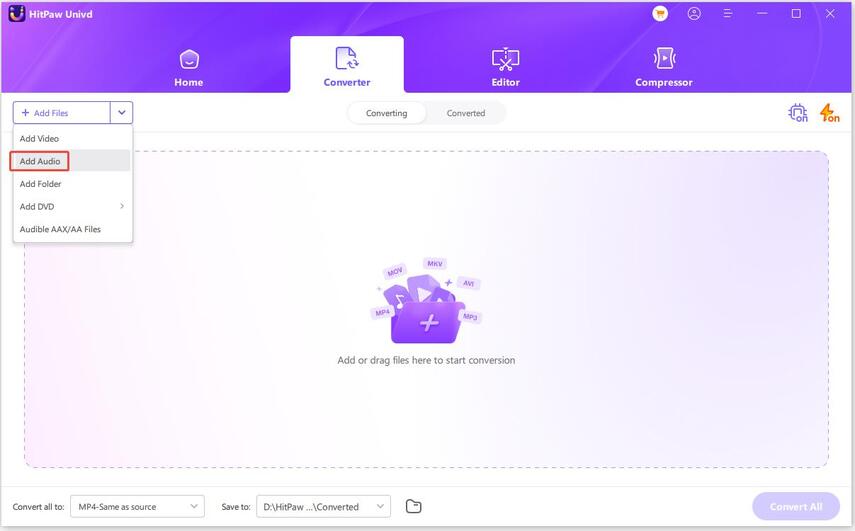
2. Select an Output Format: Select the desired output format (e.g., DSD to FLAC or vice versa) from the list of available formats.
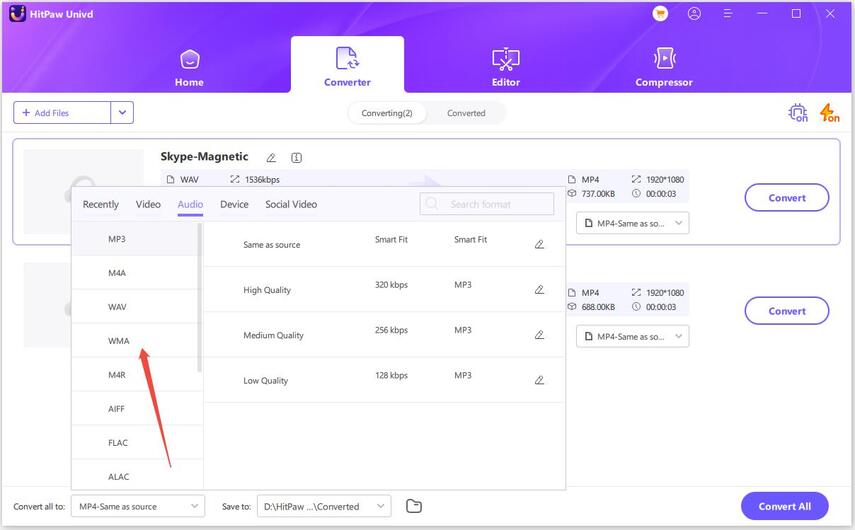
You can customize audio sample rate, encoder, bitrate, etc.
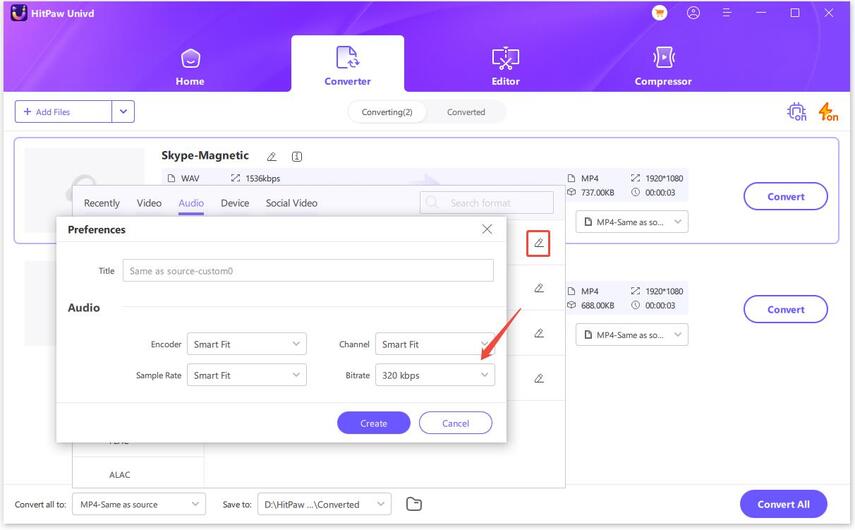
3. Convert the Audio: Click the "Convert" button to start the conversion process.
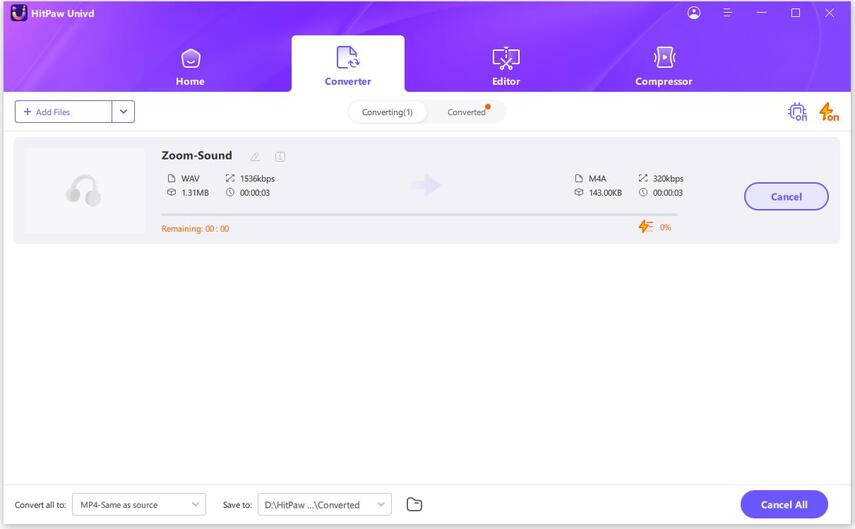
4. Access the Converted Audio: Once the conversion is complete, access your converted files in the designated output folder.

Watch the following video to learn more details:
Bottom Line
When it comes to choosing between DSD and FLAC, it ultimately depends on your specific needs and preferences. DSD offers a warmer, more analog-like sound, while FLAC provides highly accurate and detailed audio with efficient storage. For those looking to convert between these formats, HitPaw Univd is a highly recommended tool, offering powerful and user-friendly conversion capabilities. Try it out to optimize your audio experience!






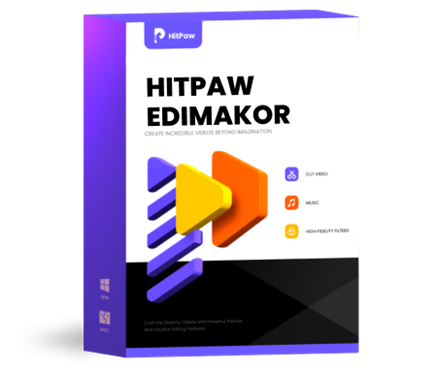 HitPaw Edimakor
HitPaw Edimakor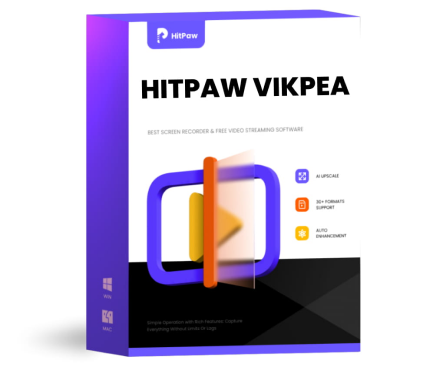 HitPaw VikPea (Video Enhancer)
HitPaw VikPea (Video Enhancer)

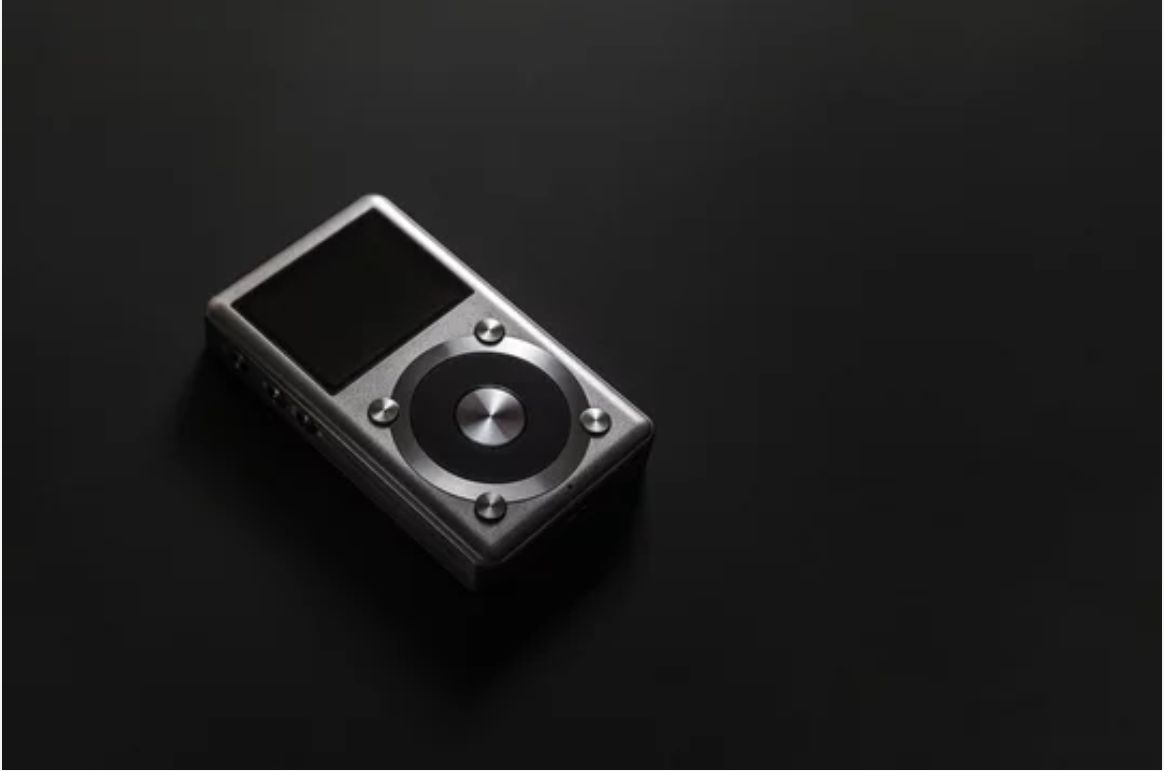

Share this article:
Select the product rating:
Daniel Walker
Editor-in-Chief
My passion lies in bridging the gap between cutting-edge technology and everyday creativity. With years of hands-on experience, I create content that not only informs but inspires our audience to embrace digital tools confidently.
View all ArticlesLeave a Comment
Create your review for HitPaw articles